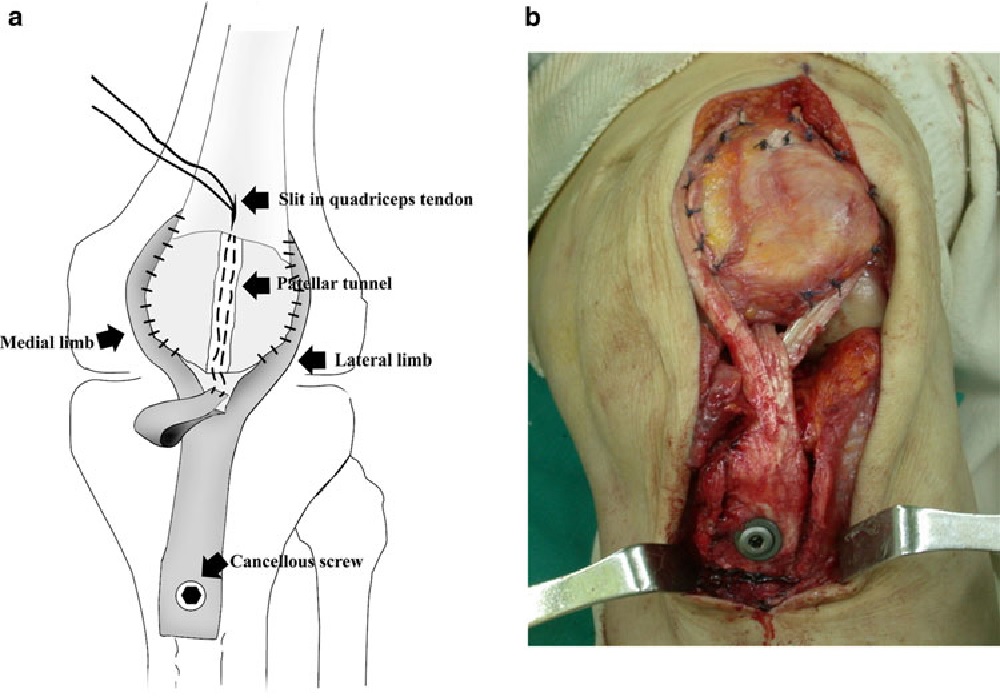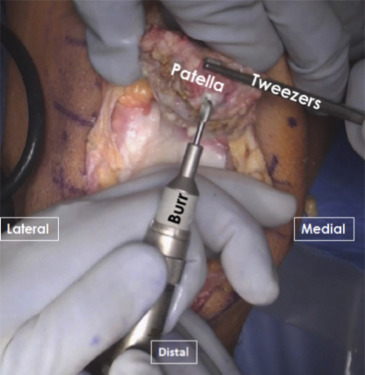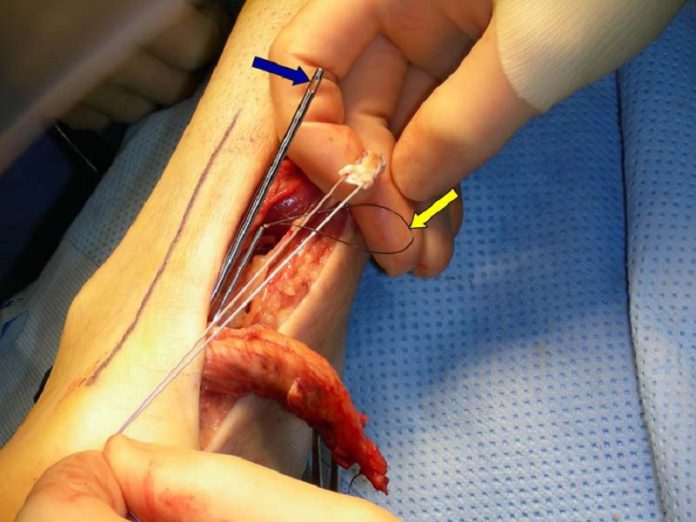Healthremedy123.com – In this retrospective review, patients with traumatic patellar tendon rupture underwent primary repair between 2006 and 2016. The surgeries were performed in a community-based, multi-surgeon system. Demographics, type of repair, and time from injury to release from medical care were recorded. In addition, the patients underwent the same eccentric exercise regimen as the non-operative group. The findings suggest that patellar tendon surgery is effective in reducing symptoms and restoring function.
Surgical Repair Required for Torn Patellar Tendon
Surgical repair is necessary for a torn patellar tendon because it does not heal on its own. Left untreated, a torn tendon may result in weakness in the quadriceps muscle and difficulty walking. Patellar tendon repair requires sewing the torn edges back together and restoring the proper tension. The time it takes for the tendon to heal is a critical factor in determining whether or not surgery is the best option for the patient.
Imaging studies are essential for the diagnosis of patellar tendon rupture. The X-rays help the surgeon assess the severity of the injury and to rule out other causes of the tendon injury. Magnetic resonance imaging (MRI) and ultrasound are sometimes used to further clarify the diagnosis of patellar tendon rupture. A patellar tendon rupture is often accompanied by swelling, pain, and instability. This can cause the patella to shift superiorly and result in a condition called patella alta.

Patellar tendon repair involves the suturing of the torn tendon using non-absorbable thread and reinforcing it with autologous tissue. This procedure is complicated and can result in a deficit in knee flexion. When done properly, it can result in improved knee function. If done incorrectly, patellar tendon repair can result in a knee arthritic condition that may result in permanent damage to the tendon.
Surgery Is The Most Effective Treatment
In late-stage patellar tendinopathy, surgery is an effective treatment. Approximately ten percent of athletes undergo this surgical procedure. While there is no clear consensus, randomized controlled trials have demonstrated some benefits. The results of a randomised trial of eccentric exercise compared to those of a surgical group, but both groups had improved symptoms at the 12-month follow-up. Meanwhile, case series continue to document the effectiveness of surgery. A review article summarizes the available evidence.
In patients with a torn patellar tendon, immediate pain is the most common symptom. Patients may also experience a “tear” sensation when straightening their leg. MRIs can show a defect in the tendon beneath the kneecap. If the symptoms persist even after surgery, an X-ray may be necessary to rule out a fracture of the patellar tendon. An X-ray will show that the patellar tendon is positioned higher than normal.

The torn ACL will be removed, and the pathway for the new ACL will be prepared. The surgeon will make a small incision over the patellar tendon, and then remove about three-quarters of it. The remaining tendon is sutured back. An arthroscope will then be inserted through this incision. Small holes will be drilled into the upper and lower leg bones, forming tunnels for the new graft.
Purpose of Rehabilitation Exercises After Surgery
After surgery, patients will need to do rehabilitation exercises. The goal of the exercises is to correct gait and regain the ability to climb stairs. After three months, patients are allowed to return to full weight-bearing. After four months, patients can resume unrestricted competition. During this period, patients will be evaluated by their doctors to ensure that the surgery was successful. The goal is to restore full functionality as quickly as possible.
In addition to arthroscopy, nonsurgical treatments may be used in patients with partial patellar tendon tears. However, if the rupture is complete, surgery is the only option. During surgery, the surgeon will focus on reconnecting the two severed portions of the tendon. After identifying the two separated ends, the surgeon will sew them back together. He will also drill a series of small holes in the patella, forming a new anchor site.

Rehabilitation time depends on the type of tendon and the severity of the rupture. Some patients need six weeks or more to recover from the surgery. Others require longer, and some may need crutches. In either case, it will be several months before they can resume their normal activities. However, the recovery time is critical to restoring full function of the knee. So, if you’re planning to have patellar tendon surgery, make sure you consult a professional in your area.
Reference:


